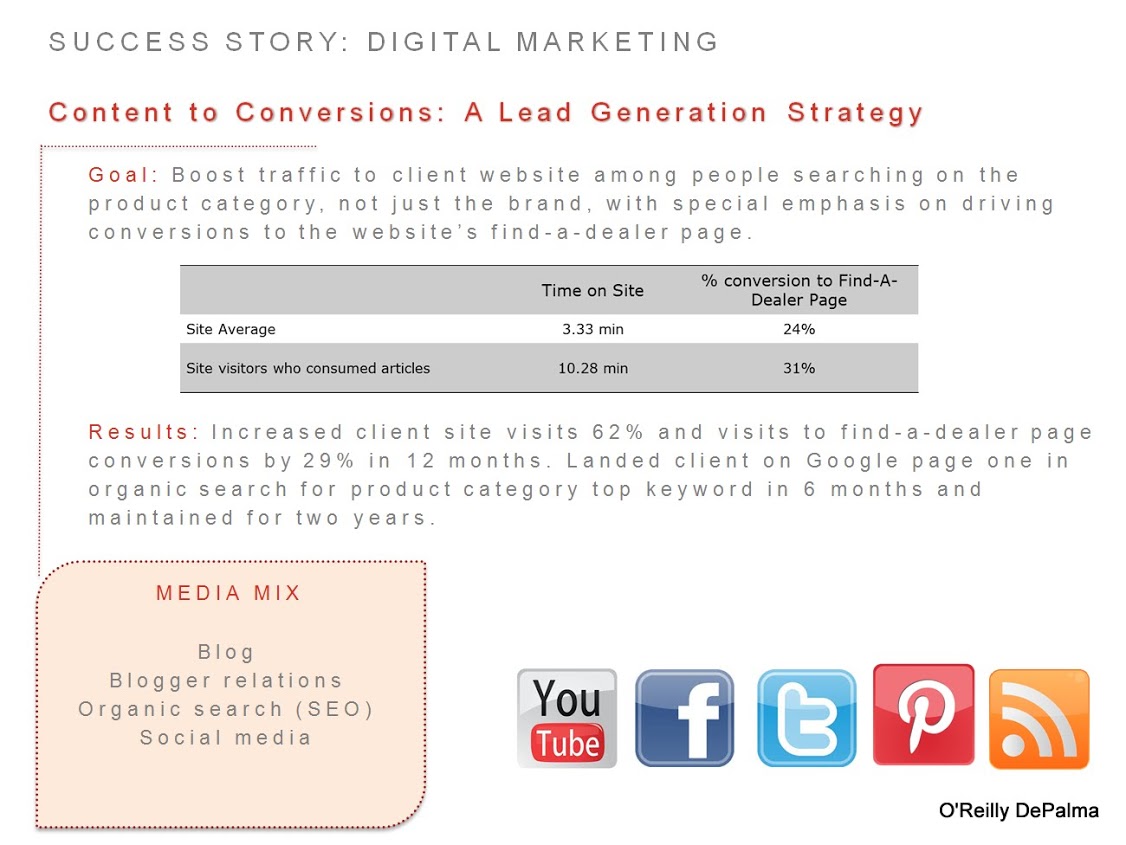Water is a basic building block of life, but how often do we carefully consider its use? According to the United Nations, roughly one-fifth of the world’s population (approximately 1.2 billion people) live in areas of physical water scarcity, facing problems on a daily basis that rarely, if ever, cross the minds of those who have easy access to clean water.
Don Arnold, a 50-year veteran of the U.S. plumbing industry, immediately recognized Africa’s water problem during a mission trip to Uganda in 2008. He saw that in Africa, half the water pumps that are designed to destroy bacteria, viruses and parasites are not working because they are broken and require costly maintenance or unavailable parts. Rain is scarce, and available water is often dirty, used for both bathing and drinking by people and animals.
With his extensive knowledge and experience in plumbing products and systems, Arnold was able to formulate a solution that would significantly change the lives of the people in the villages.
“I knew that any number of water-purification options could help the situation,” Arnold explains. “But the more I spent time immersed in the realities of life in the villages, the more I saw how often devices and systems that require periodic maintenance – such as replacing a filter cartridge or adding a chemical such as chlorine – often fall into disuse.”
Utilizing “slow-sand filtration,” a basic technology that is more than 200 years old, Arnold is working with Safe Water Team-Kenya (SWT-K), a subsidiary of the Michigan nonprofit Safe Water Team, Inc., to introduce BioSand water filtration units in villages throughout that country. In this simple, yet efficient process, the bacteria in a sand-and-gravel mixture feed on other bacteria from the dirty water, thus reducing waterborne pathogens by more than 90 percent.
The cost of materials, installation and shipping is about $100 per filter, and residents are charged 300 shillings (about $2.65) for each unit. “[It] doesn’t seem like much, but that could be a week’s income for them,” he says.
Arnold hopes to expand these efforts beyond Kenya and make safe water accessible throughout East Africa. He sees his work on this project as the most rewarding of his career.
“To do something as basic as provide safe water and keep people healthy is beyond satisfying,” he says. “I wish I would have done this a long time ago. It’s making a huge difference, and I have dreams to make it even bigger.”
O’Reilly DePalma helped Arnold share his inspirational tale through several pro-bono communications efforts designed to raise monetary and volunteer support for Safe Water Team Kenya.
Don Arnold was featured in the Lake County News-Sun and Supply House Times for his efforts in East Africa. For more information on this announcement, view the complete press release here.

